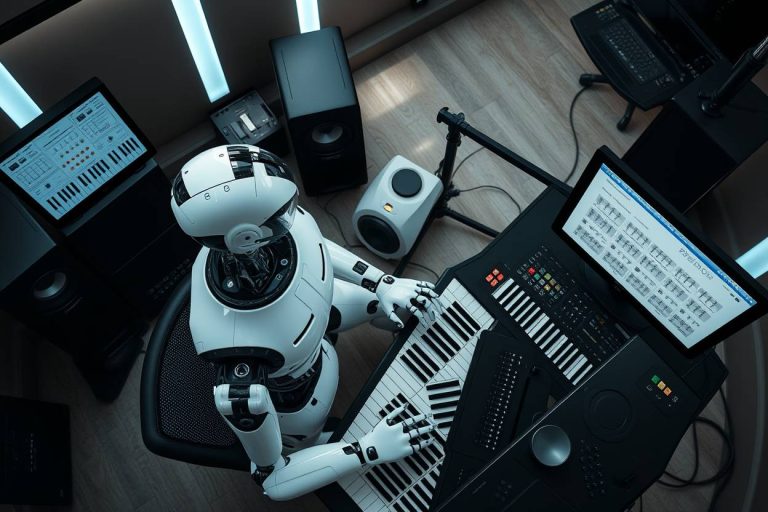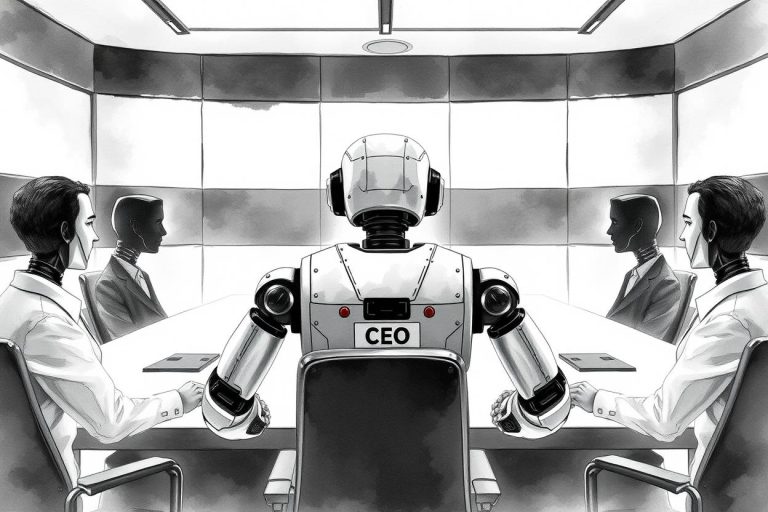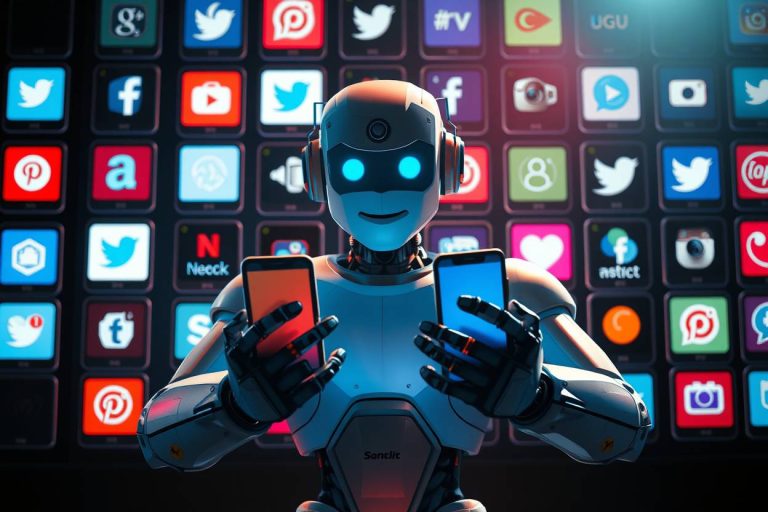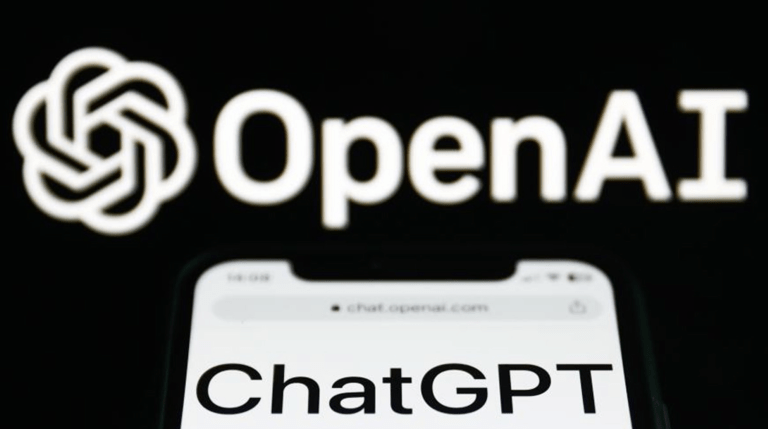Ultimate Guide to Monetizing AI Generated Music in 2026: Revenue Streams, Workflows & Tools
Discover top strategies for monetizing AI generated music in 2026! From streaming to NFTs, turn AI tracks into revenue.
Read More
 Blog
Blog
 Blog
Blog
 Blog
Blog
 Blog
Blog
 Business
Business
 Business
Business
 Business
Business
 Business
Business
 Blog
Blog
 Business
Business
 Blog
Blog
 Business
Business
TechPilot.ai TechPilot.ai provides independent reviews, comparisons, and insights to help users make informed decisions about AI tools.
Our content is written and fact-checked by experts, and we may earn a small commission if you choose to purchase through affiliate links—at no extra cost to you. This supports our mission to keep the platform free, unbiased, and up to date.